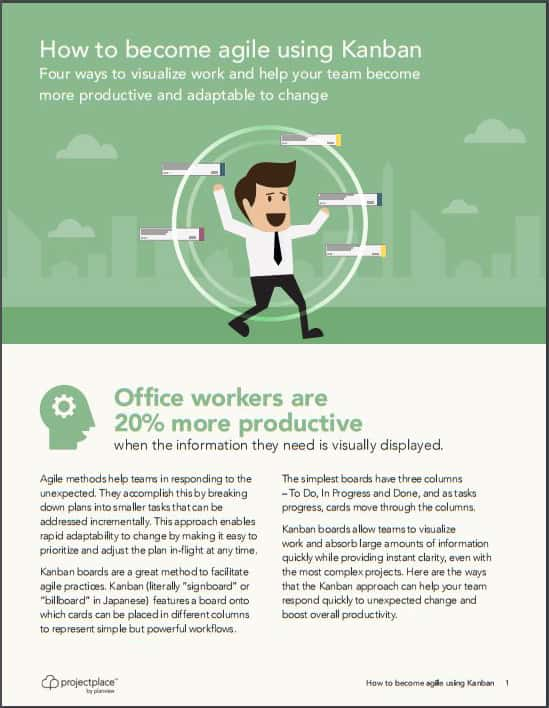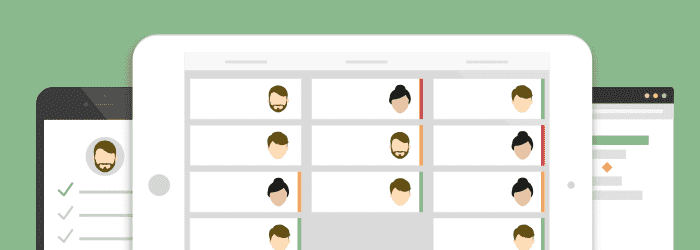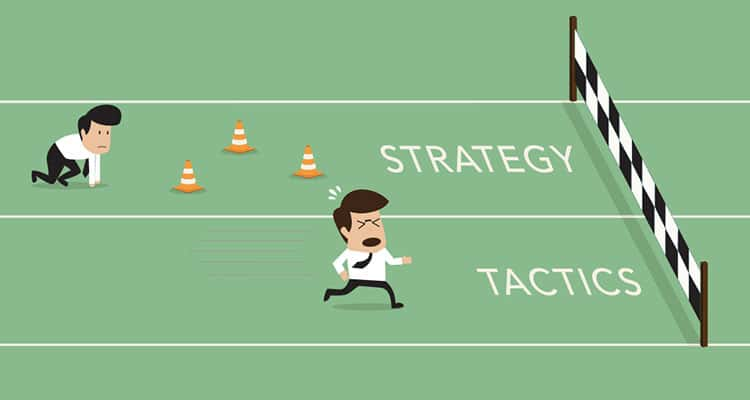
Sticky notes—tried and true—until they’re not. Traditional tools such as to-do lists and sticky notes are sufficient when you only have a handful of tasks to complete, but beyond that, you can start to feel lost and disorganized. Complex, multi-step projects require more organized planning and more sophisticated tools. Online collaboration and planning tools provide an excellent solution to this problem known as Kanban boards. Kanban boards visually display tasks, and solve the problem of disorganization and lack of prioritization. In addition, the Kanban approach can help your team become agile.
Why Be agile?
Agile. It’s a term often thrown around the project management space, but what does it mean to be agile? Why be agile? When I refer to agile, I am referring to the ability to increase your team’s adaptability to change. By enabling rapid adaptability to change, agile teams can easily prioritize and adjust their plans as needed. On the other hand, a team’s inability to adapt to change can lead to a detrimental loss of productivity. So how is agility accomplished? Agility is accomplished by breaking down big picture plans into smaller, incremental tasks. This is where the Kanban board comes in.
Are You Realizing Your Team’s Full Potential?
Kanban boards are an excellent method of achieving agile practices. We’ve found that office workers are 20% more productive when the information they need is visually displayed. With Kanban boards, teams can visualize work and process information quickly and effectively. The Kanban approach can help your team respond to unexpected change and maintain or boost productivity. Kanban boards increase accountability and empower your team to collaborate and take ownership of tasks.
Kanban Explained
The magically simple Japanese system uses cards that visually represent workflow as they move along a chart. This method can bring clarity to projects and help team members achieve their full potential.
Here’s how:
Kanban boards…
- Clarify the plan and connect it to everyday tasks
- Self-organize and promote ownership of tasks
- Increase transparency of your work in progress
- Manage your team’s workload
Kanban can help your team become agile, more productive, and adaptable to change. Learn more by downloading the whitepaper, How to Become Agile Using Kanban. Start visualizing teamwork, boosting simplicity, and getting things done.
I’d like to hear from you. How do you currently manage tasks and obtain status of work in progress? Are you able to adapt to change quickly? Share your experience by leaving a comment below.
Content Contributor: Maura Melis








